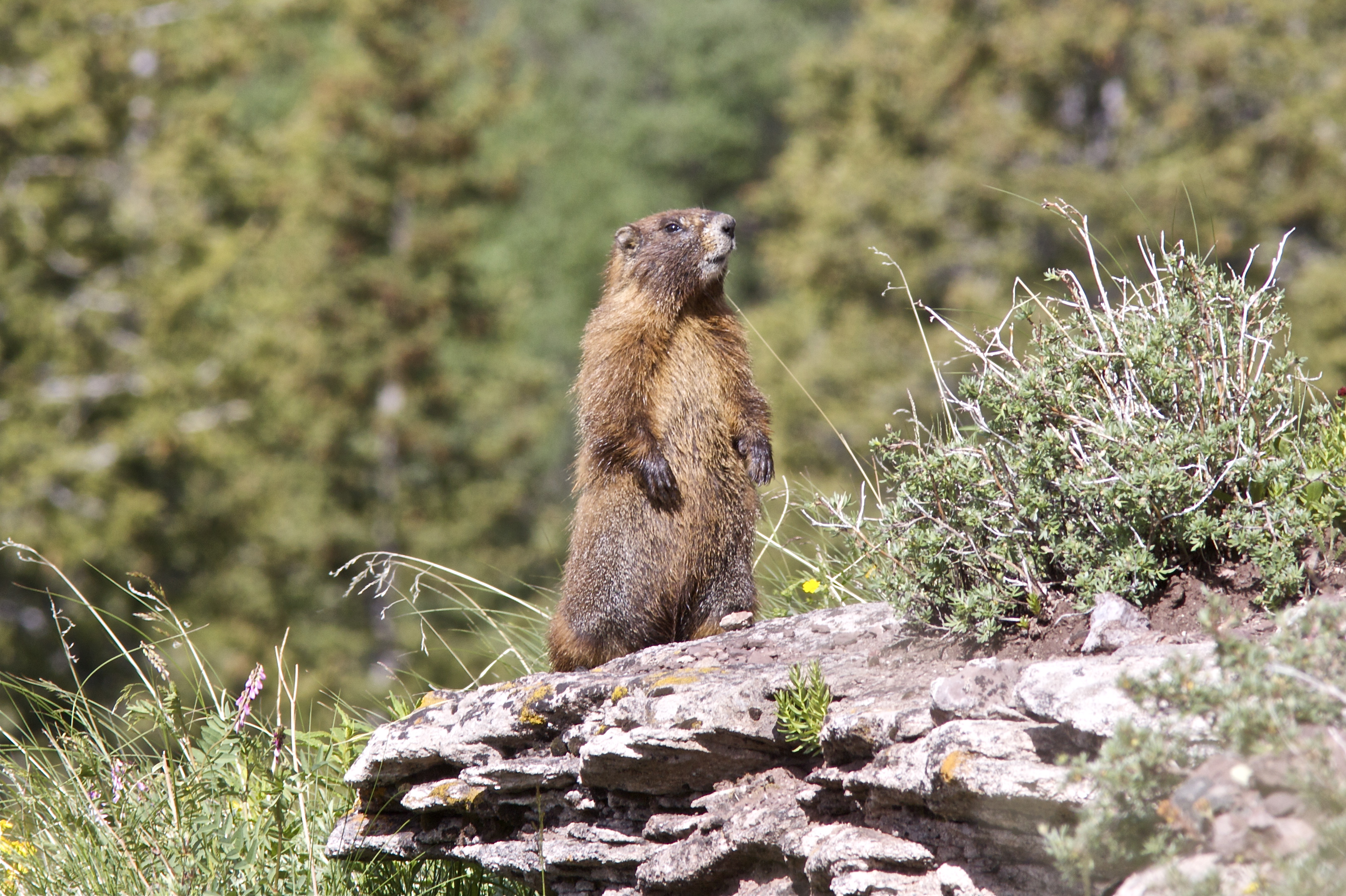Research published in Nature this week suggests that climate change is leading to fatter and fitter yellow-bellied marmots.
Arpat Ozgul of Imperial College London, in conjunction with UK and US scientists, studied 109 of these creatures over a period of thirty-three years, collecting data on body mass, survival and reproduction, several times each year. 
Yellow-bellied marmots, living in Colorado's Rocky Mountains, traditionally hibernate for 7-8 months during the winter.
Gaining weight before they enter hibernation may be crucial, as their body mass can drop significantly during winter months.
The researchers found that the marmots' average body mass increased from 3094 grams during the first half of the study to 3433 grams in the second half. The results also show that there has been a threefold increase in the population size of marmots over recent years.
The scientists suggest that longer summers in the region have caused marmots to emerge from hibernation early, giving them longer to feed, grow and reproduce before the winter.
The researchers hypothesise that the increase in body mass prior to hibernation has resulted in increased marmot survival and link this to the large boom of marmot numbers in recent years.
While this study shows that environmental change is having an effect on the phenotype (appearance) of these animals, and suggests that climate change is responsible for increased population numbers, there is no doubt that this relationship is complex.
Prof Dr Marcel E. Visser , of the Netherlands Institute of Ecology, writing in Nature , points out that the authors also mention a decrease in tall blue bells in recent years, which are traditionally part of the marmot diet. He questions whether this decrease in blue bells, for example, has led to a deficiency of certain plant compounds, necessitating an increase in weight in order to survive.
This study underlines that climate change could impact upon the appearance, behaviour and population numbers of species around the world, and that more research is needed to fully understand this relationship.
- Previous Painless vaccine patches
- Next What Makes A Cell Grow Old?










Comments
Add a comment